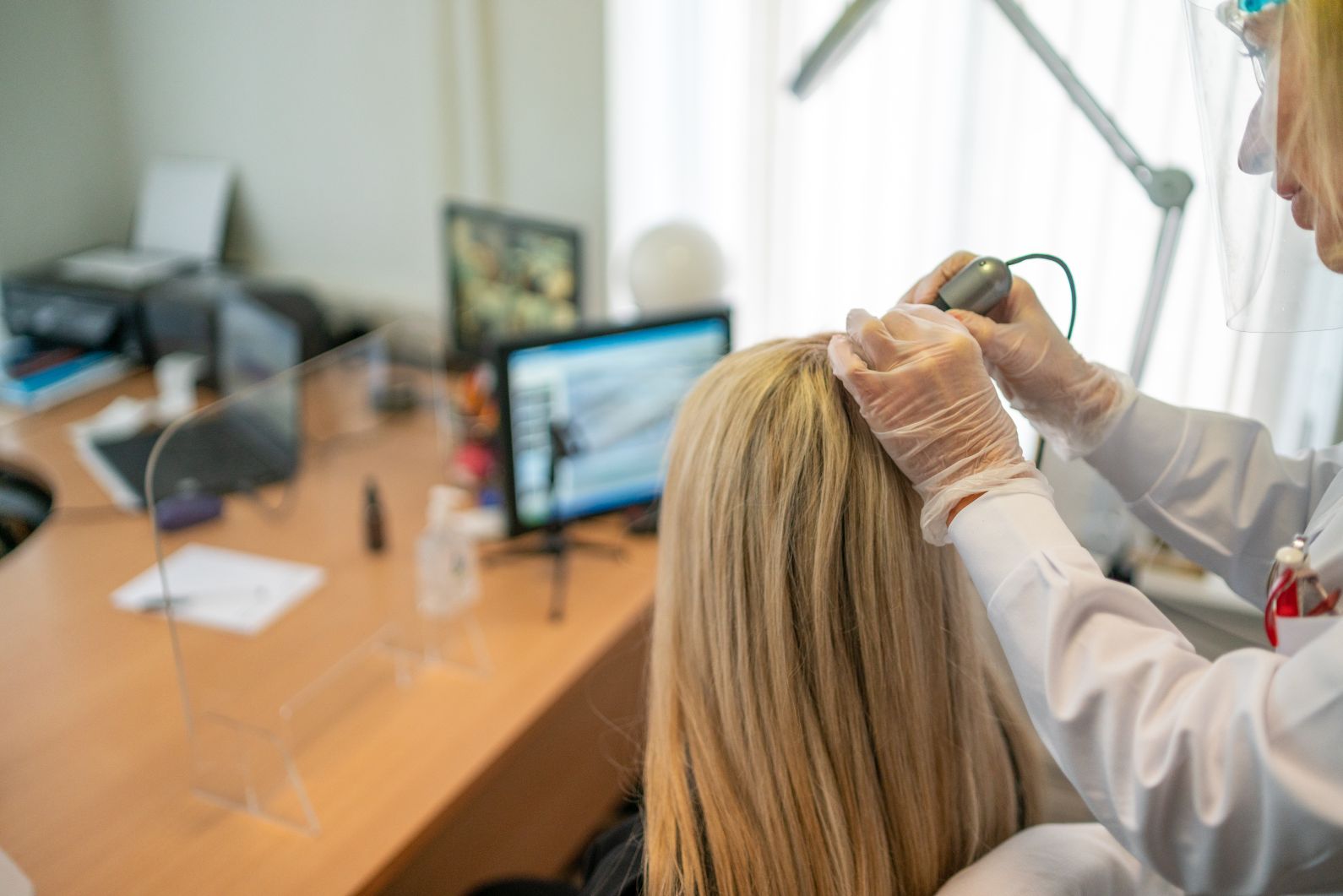There was a time when society found balding in men unattractive. But this perception has significantly changed over the years.
According to a study, women now see bald men as knowledgeable, intelligent, influential and well-educated. On top of being associated with these social maturity traits, baldness has also been linked to high social status and less aggression.
Despite society’s positive perception of bald men, it is still distressing to see your hair thinning at the crown, especially when you’re just in your 30s.
Unfortunately, hair loss in people your age is not unusual. Some men start losing their hair in their teens or 20s. It happens gradually though, so it takes years before it becomes noticeable.
The Most Common Cause of Balding Crown in Men
Around 95% of hair loss in men is due to a condition called androgenetic alopecia, popularly called male pattern baldness. It is the leading cause of a receding hairline and balding crown in men.
This hereditary condition is brought about by sensitivity of some hair follicles to DHT (dihydrotestosterone). Follicles that are sensitive to DHT shrink and have a shorter life span. In the long run, the follicles stop producing hair.
Since it is hereditary, it means that you are at a higher risk of having it if you have a family history of balding, especially if it’s on the maternal side.
Androgenetic alopecia also affects women. Widely known as female pattern hair loss (FPHL), it is also the top cause of hair loss in this group. But in women, androgenetic alopecia rarely leads to balding. What they experience is general hair thinning with their part widening or hair volume decreasing.
Studies show that around 25% of men with inherited male pattern baldness start losing their hair before they turn 21. Moreover, 85% of men have significantly thinner hair by the age of 50.
Male pattern baldness progresses with age. This means that the bald spot on your crown area will get bigger as you get older. While it is irreversible, there are treatments for male pattern baldness which can slow down the hair loss at the crown or along the hairline.
Other Causes of Balding Crown in Men
Another cause of thinner hair at the crown area is telogen effluvium. In this condition, excessive hair shedding happens as a reaction to sudden weight loss, illness, surgery and excessive stress.
The hair loss manifests around two to three months after the stressful event. The condition resolves itself on its own, and the hair grows back in six months. While this hair loss condition is reversible, it can also become permanent when you constantly experience excessive and prolonged stress.
Balding at the crown and other areas on the scalp can also be caused by alopecia areata. It is an autoimmune condition wherein the body’s immune system mistakenly attacks the hair follicles.
Unlike male pattern baldness, balding due to alopecia areata happens suddenly with hair typically falling in clumps. This results in small hairless patches on the scalp.
Alopecia areata is a cyclical hair loss condition with sufferers experiencing a period of hair loss and hair growth. It can be very unpredictable which makes it difficult to treat.
Other possible causes of balding at the crown area in men are nutritional deficiency (low levels of protein, vitamin D and iron) and medical conditions (thyroid problems and anaemia).
Balding crown in men has different causes which is why you cannot self-medicate. Successfully treating hair loss starts with identifying the root of the problem, and only a qualified hair and scalp specialist can do this.
Are you noticing hair loss at the crown? We have trichologists and dermatologists who are experienced in treating balding crown in men. Call us now on +353 (0)1 6793618 or send us a message via our website!



